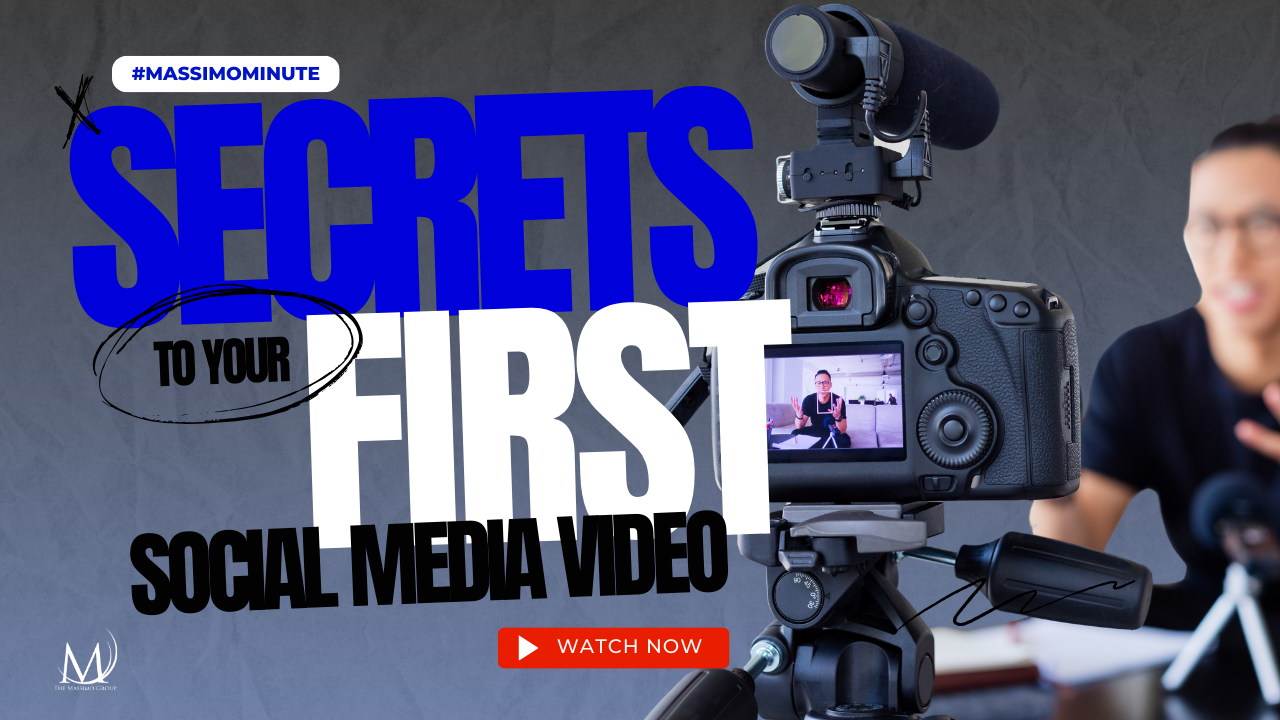Think about the last big decision you made. Did you make it on your own, or did you lean on others (or other resources) before deciding? When you bought your house – did you happen to ask your spouse, parents, banker, accountant, or attorney for their advice? Or did you just say, “I’ll take it”?
Chances are you at least looked at local comps, if nothing else. More than likely, if you are married (and wanted to stay married), you engaged your spouse in the decision. So, if it is an obvious answer that you relied on other people and resources to make a big decision – isn’t it also likely that your business prospects will rely on other people and resources before they decide to engage you?
There are 2 specific roles prospects take in making real estate decisions, and it is your responsibility to understand these 2 roles. When soliciting your services to your prospects, you must understand the difference between shareholders and stakeholders.
Shareholders are owners or essential decision makers of a property or business.
Stakeholders have significant influence on the shareholder.
Let’s take a tenant representation opportunity for example. The shareholder may be the business owner, their partners, and even their spouse. The stakeholder may be the owners’ employees or customers/clients. In a large corporate environment, the shareholder may be the CEO, CFO, or Real Estate manager; while the stakeholder may be the local manager, or key clients.
[Tweet “”There are 2 specific roles prospects take in making real estate decisions, and it is your responsibility to understand these 2 roles.””]
In terms of representing a building owner who is looking to sell their asset: if a private owner – the shareholder is the owner, perhaps equity partners, or family. The stakeholders may also be family, depending on their situation. For example: the spouse may be a shareholder, while the children are stakeholders.
The key to your pitch is to understand all of the shareholders and potential stakeholders; and most importantly, the impact on each of them from the proposed transaction.
Now, let’s continue with our sales transaction. The owner (shareholder) may want to sell because he is ready to retire, or wants to exchange into a less management-intensive opportunity. However, the children believe it is the right time to sell because they are selfish little brats that want to inherit the building when the old man is gone. Unrealistic? Think again.
What if during your presentation to the owner, you recognize both of their desires – and lay out a way to appease both the shareholder/owner and stakeholder/children? Not only will you differentiate yourself from others, but also endear yourself to your prospect. They will appreciate your insight, compared to other broker candidates who simply want to list their building.
Want to learn a better way to prospect? Join me for a free master class TODAY at 1:00 pm EST. During this program, titled ‘Death of the Cold Call: The “New” Prospecting Strategies’ – I will share proven approaches to turning cold calls into warm calls, and warm calls into meetings. This webinar will change your conversion rates immediately! To register for this free event, click here.





